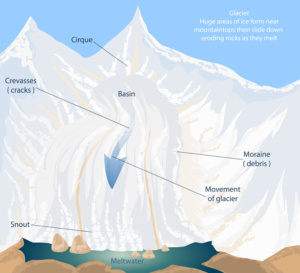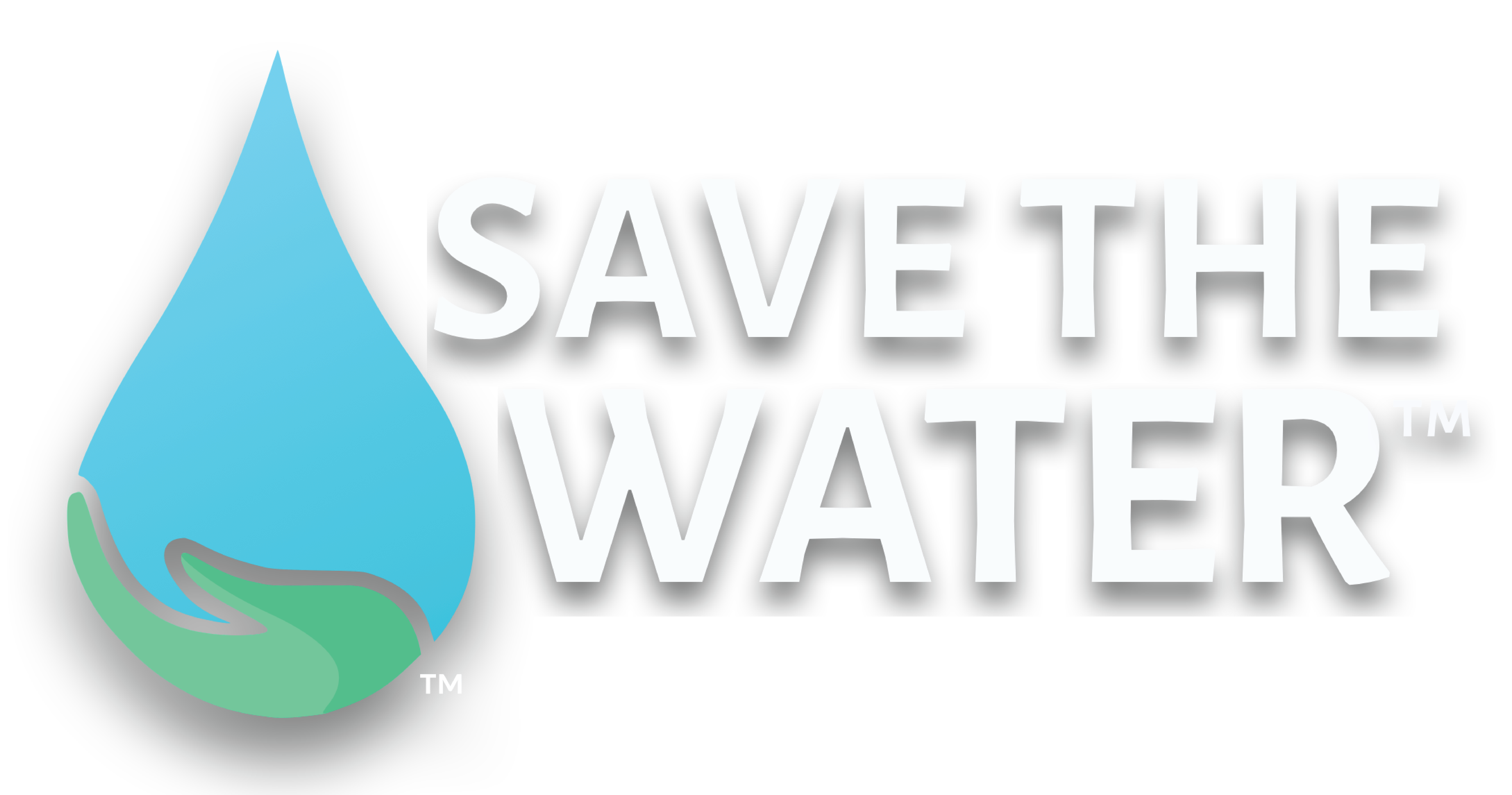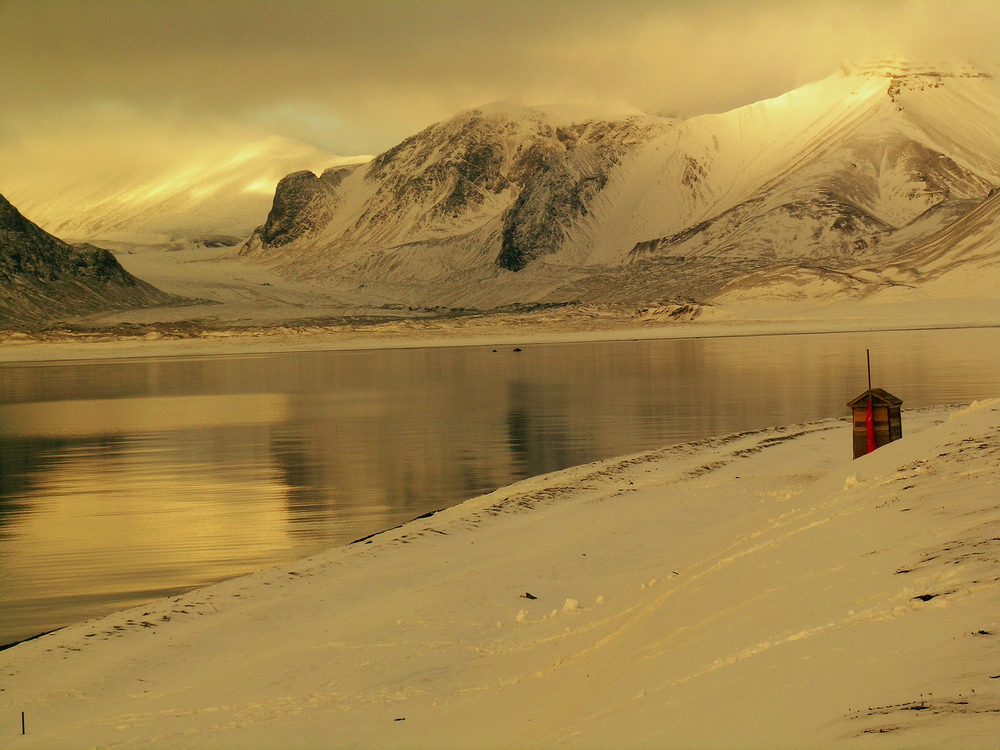By Caroline Majewski, Publishing Associate: Researcher and Writer at Save the Water™ | April 22, 2025
Edited by Apurva Makashir, Publishing Director at Save the Water™
What Happens When the Glaciers Melt?
Overall, glacier melt is concerning, but there are also concerns about what new elements this introduces to our environment. Freshwater runoff from the ice has consequences. As a result, when the glaciers, snow, and permafrost melt, they release all types of materials, elements, and other things trapped inside. One main change and concern is the release of the heavy metal content.
Therefore, this changes the microbiome of the water. In this case, the Arctic fjords.
Furthermore, in a collaborative group with EU-projects FACE-IT, ECOTIP, and SEA-Quester, scientists looked at these changes, specifically the brown macroalgae, or kelp. Additionally, in the Arctic Kongsfjorden on Svalbard, Norway, they studied the changes and how the run-off from the glaciers is changing the biome.
Changes in the Biome
Brown macroalgae, known as kelp, are a group of primary producers vital to structuring nearshore habitats. They regulate the nutrient cycle, capture and transfer energy, and defend the biome. Moreover, kelp also provides a valuable and necessary defense to the surrounding plant and animal life.
Furthermore, water from the glaciers affects the content of these ecosystems. The glaciers release good nutrients that are helpful for kelp:
- Sodium
- Magnesium
- Potassium
Other harmful elements, such as heavy metals, are also released:
- Cadmium
- Lead
- Mercury
Kelp in the Arctic Fjords

The melt and consequences happen in steps:
- Snow, permafrost, and glaciers melt
- Bring in nutrients helpful as well as harmful to kelps
- Elemental concentrations increase
- Consequences include reduced development, growth, and lower reproduction
As a result, this could spread harmful elements across the Arctic food web. In addition, macroalgal forests are some of the largest and most productive coastal plant life ecosystems. The prevalence and importance of kelp cannot be understated since it is akin to trees/forests on land.
Consequences to the Kelp
To study, the scientists were able to take different samples of kelp. Each selection had different exposures to the run-off, changing the effect on them. For example, when there was a higher run-off, the algae had 72 percent higher mercury content than other areas with a lower run-off. Moreover, changes in metal and nutrient content create large algal blooms, which tip the balance in the ecosystem.
Additionally, the terminus or the bottom of the glacier is known to have nutrient-heavy water. Importantly, it is a vital spot for different animal species. The loss of this area and the subsequent changes in kelp can create difficulties and dangers for habitats and animals like bearded seals and birds.
As kelp is a vital and building block part of the ecosystem, changes in them can have a domino effect on the whole environment. As a result, many studies are being done on changes in the glaciers and their further impacts.
On the other hand, there is some thought that harvesting kelp high in rare earth might be useful for renewable energy and electronics.
Why do Glaciers Matter?
Glaciers feed nutrients into rivers, lakes, and oceans. They sustain habitats for plants and animals and are used for sanitary purposes by some groups of people. Loss of glaciers is attributed to weather pattern changes or extreme weather events as well.
Thus, it’s imperative to keep studying and observing the fjords and other areas where water ecosystems are changing.



